Description
La Palma • Chalatenango — El Salvador
Pacamara Honey
Finca La Vegona
Region Chalatenango • Process Honey • Variety Pacamara
QUALITIES: juicy • very sweet • clean cup
RECOMMENDED ROAST: Light-medium
CHAFF LEVEL: Medium-High
Flavor Profile
Lemon, Red-Fruit, Sweet, Nutty, Floral
A cup with lively and defined acidity: bright lemon highlights, accompanied by a ripe apple sweetness with a syrupy character. Medium-bodied and very clean, it leaves a pleasant tea-like sensation and a crystalline finish; overall, it maintains a clear balance between fruity sweetness and acidity.
Roasting Notes
Large-bean Pacamara – Mind your energy
You might need a little more heat due to the bean size. It’s perfect for all types of roasting. If you prefer a more pronounced acidity and some fruitiness, opt for a light roast. However, in the medium roast, you can find that balance between sweetness and slightly more chocolatey notes, without losing its body. Opting for a dark roast will give you better body, reducing the acidity. Hides the more honey processed features but will get robust and stay very sweet.
TASTING / ROASTING SNAPSHOTS
Light Roast
Medium body - Sweet - Apple - Lemon - Clean finish - Chocolate
Medium Roast
Balanced - Caramel - Chocolate - Rounded acidity - Very silky
Dark Roast
Full body — Caramel/cocoa — Low acidity — Roasty hint — Clean aftertaste
ORIGIN: Chalatenango (northwest El Salvador)
Finca La Vegona
Oscar Aguilar works at Finca La Vegona in Chalatenango, El Salvador, a closely managed farm where around 4,500 coffee plants coexist with citrus trees that provide shade, biodiversity, and healthier soil. The harvest is done by hand, selecting only ripe cherries to maintain cleanliness and consistency. In post-harvest processing, Oscar prefers the honey method: the coffee is pulped, leaving some of the mucilage attached, and the drying process is controlled to highlight natural sweetness and a crisp cup texture. The batches are dried on raised African beds for 16 to 24 days, with frequent turning to stabilize moisture and prevent defects. Like many producers in the region, the farm faces the recurring challenge of labor shortages during the harvest, which requires more precise harvesting and smaller yields to ensure quality.
Chalatenango the “valley of water and sand”
Chalatenango
“Valley of water and sand” and home to the country’s highest point (Cerro El Pital, 2,730 m), Chalatenango is located within the Alotepec–Metapán mountain range in northern El Salvador. Its cool microclimates and growing altitudes—with abundant SHB above 1,400 m—favor slow ripening and very defined cup profiles.
Although for decades the “top Salvadoran coffees” were associated with the western region, Chalatenango rose to stardom when La Montaña (La Palma, Chalatenango) won 1st place in the 2007 Cup of Excellence with 92.80 points. A year earlier, Finca Los Planes had already placed 2nd (2006), paving the way for the region. And the streak continues: in 2025, a Pacamara from Finca Santa Rosa (Chalatenango) obtained the highest score in the Salvadoran edition. El Salvador is the birthplace of Pacas and Pacamara, two emblematic varieties that show great potential at high altitudes. In Chalatenango, small producers work micro-lots and also experiment with SL-28 and Gesha; the dry season coincides with the harvest, which facilitates sun-drying and a diverse range of processes (washed, honey, and natural) with great consistency.
Seasonality — Harvest (El Salvador)
| Jan | Feb | Mar | Apr | May | Jun | Jul | Aug | Sep | Oct | Nov | Dec |
Typical harvest window in El Salvador: Nov – Mar. Export shipments often depart 3–4 months later.
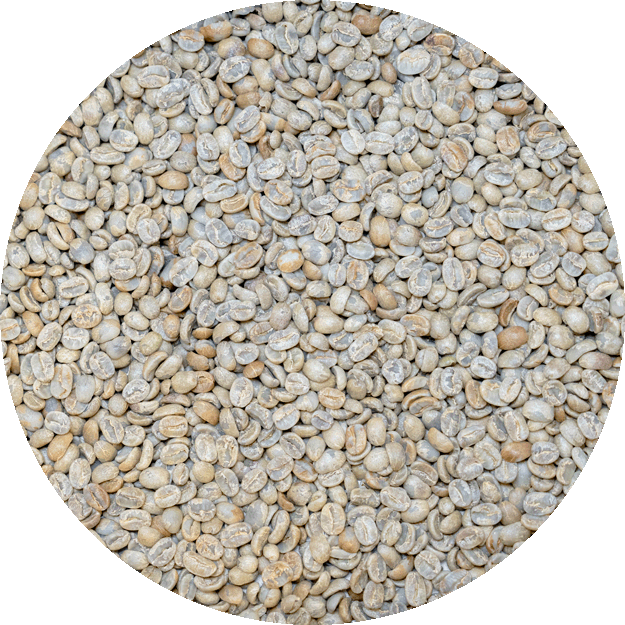


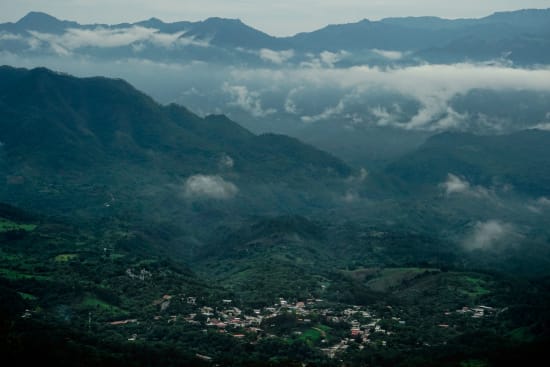
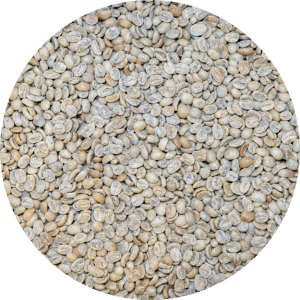
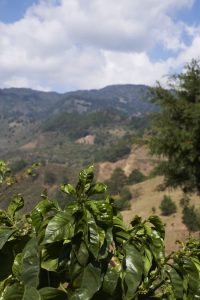
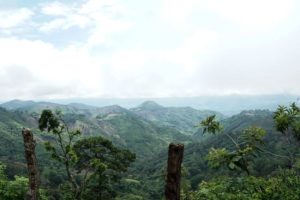
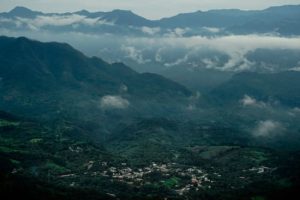

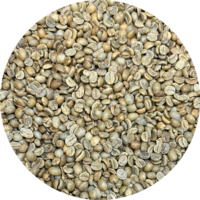


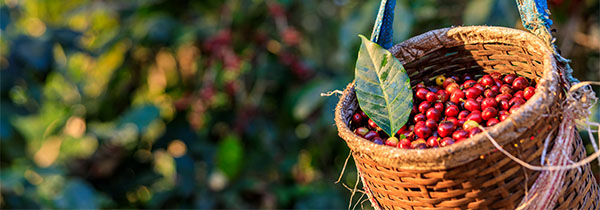
Reviews
There are no reviews yet.